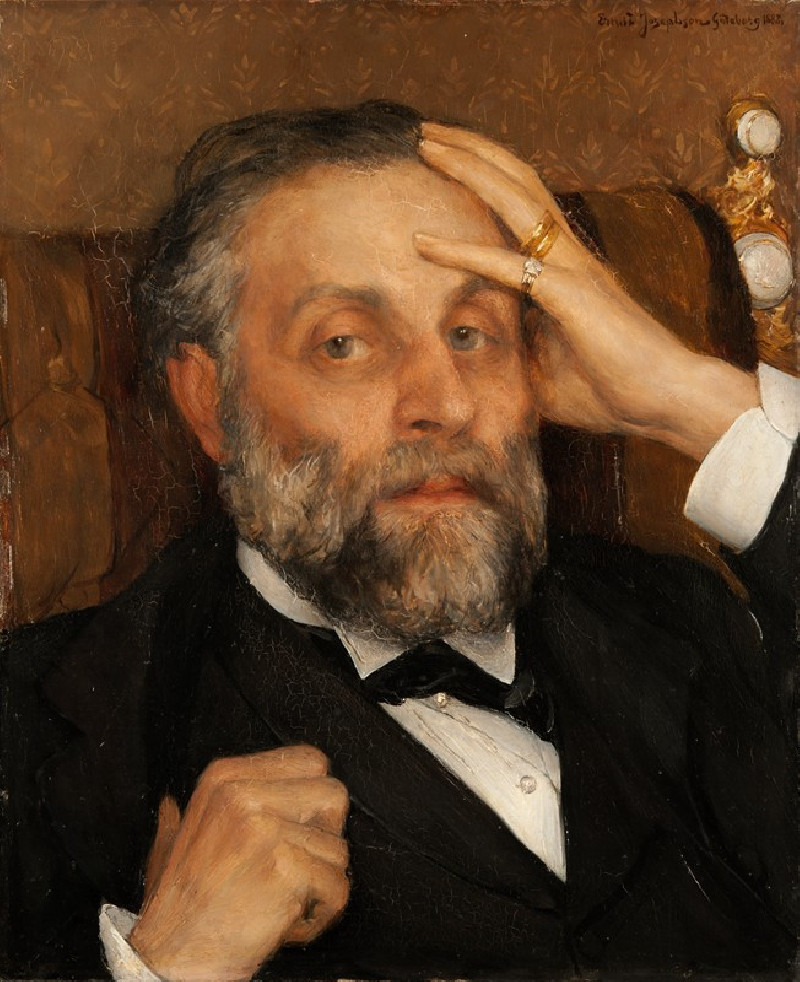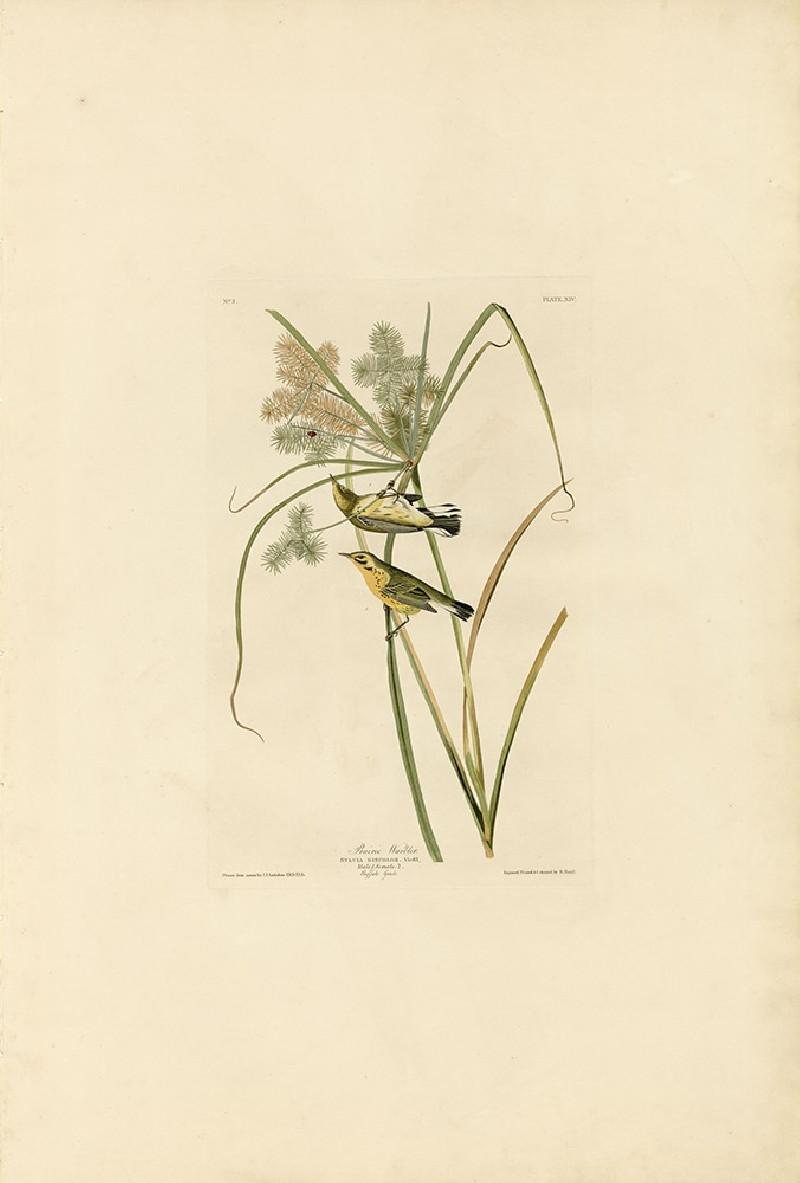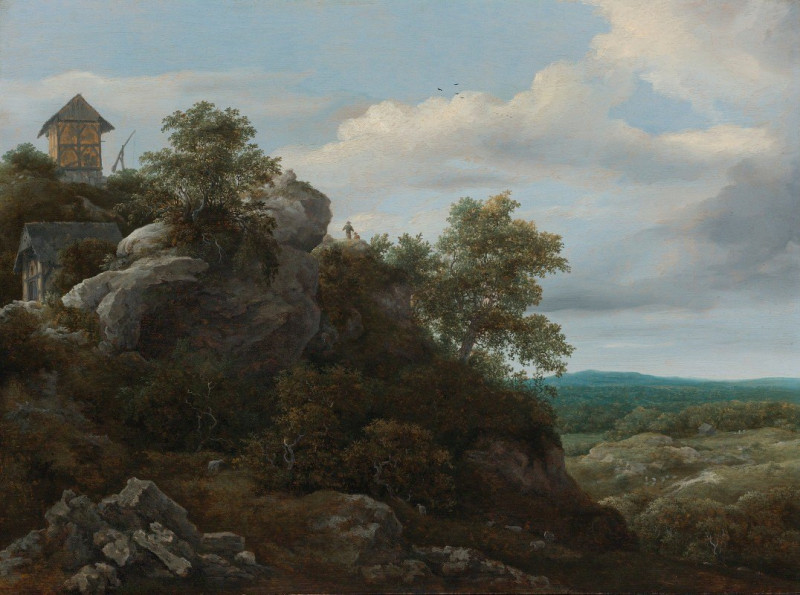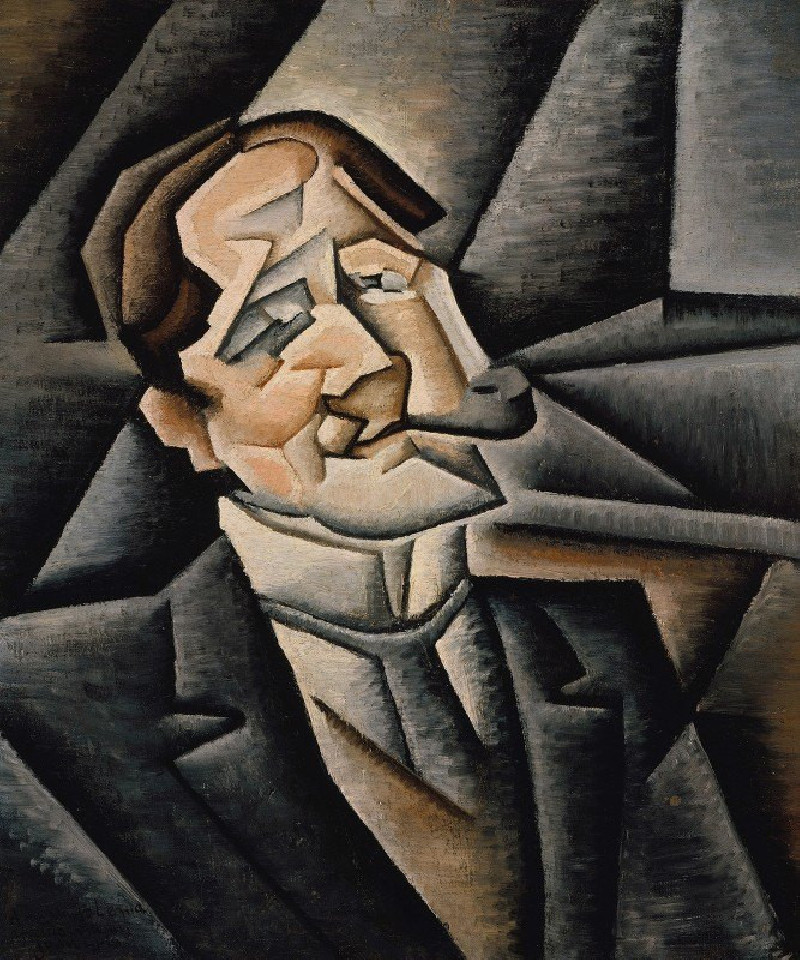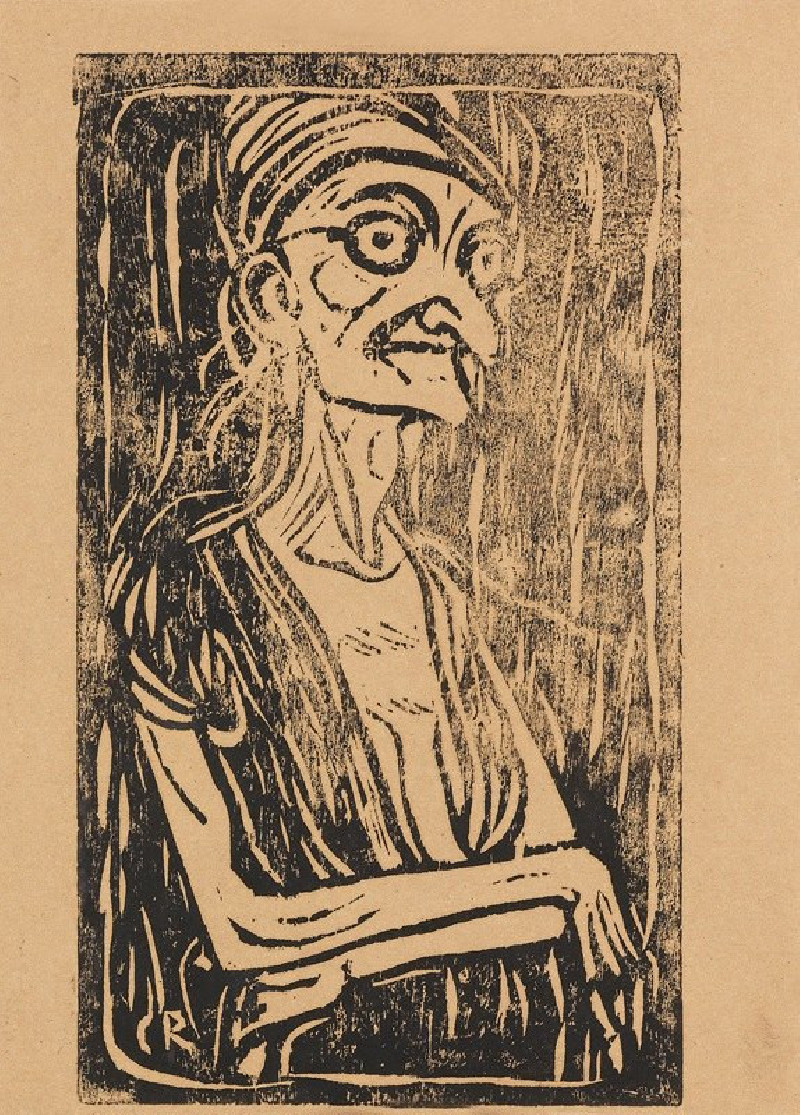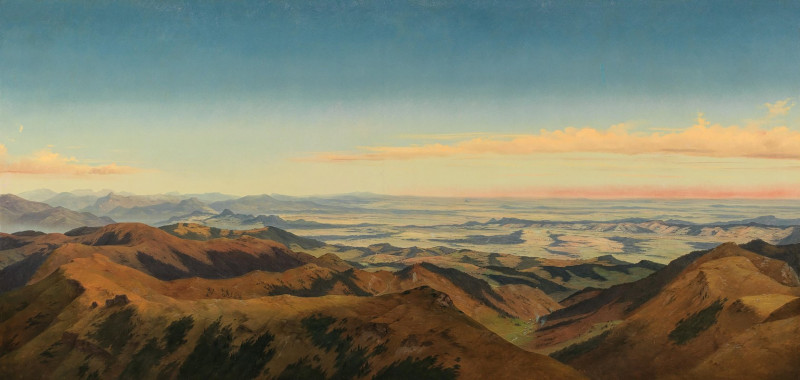Figures in a Landscape before a Harbor (late 1630s)
Technique: Giclée quality print
Recommended by our customers
More about this artwork
In the evocative artwork "Figures in a Landscape before a Harbor" created in the late 1630s, the renowned artist Claude Lorrain masterfully captures the serene interplay between land and sea. This exquisite drawing serves as a window into the vibrant life of a bustling harbor from a bygone era.The foreground of the artwork presents a peaceful scene where two figures ride a donkey along a winding path, oblivious to the viewer and entirely engrossed in their journey. Lorrain’s skillful use of muted colors and detailed linework draws the eye from these travelers towards the expansive harbor beyond, where various activities unfold.A sturdy tower stands prominently, marking the transitional point between the rough-hewn charm of the lake shore and the architectural silhouette of the city. Crafted with meticulous detail, the tower seems to guard the harbor, underlying the sense of peace and protection found within this maritime locale. Boats of different sizes punctuate the calm waters, some moored and others with sailors energetically navigating or engaging in trade, illustrating the daily rhythm of life by the sea.As the gaze drifts further, it settles on the majestic backdrop of the fortified city, with its walls and structures stacked closely together, climbing up the hills that shelter the harbor. Such a layout not only highlights the natural defense provided by the geographical features but also the human attempts to fortify their dominion over this lush landscape.Lorrain’s artwork, with its layered perspectives and depth, transcends mere representation; it romanticizes the human connection with nature and the built environment, creating a harmonious scene that invites viewers to ponder the delicate balance between human activity and the natural world.
Delivery
Returns
Claude Lorrain (1600 – 23 November 1682) was a French painter, draughtsman and etcher of the Baroque era. He spent most of his life in Italy, and is one of the earliest important artists, apart from his contemporaries in Dutch Golden Age painting, to concentrate on landscape painting. His landscapes are usually turned into the more prestigious genre of history paintings by the addition of a few small figures, typically representing a scene from the Bible or classical mythology.

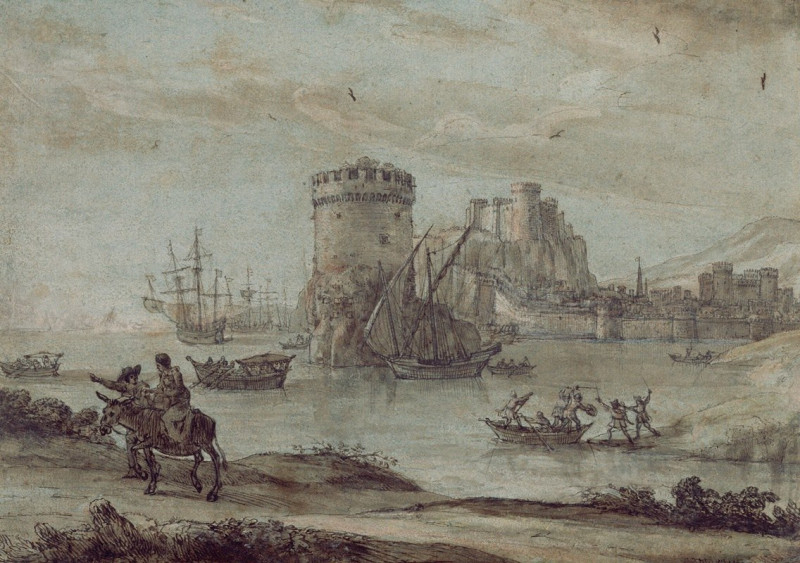

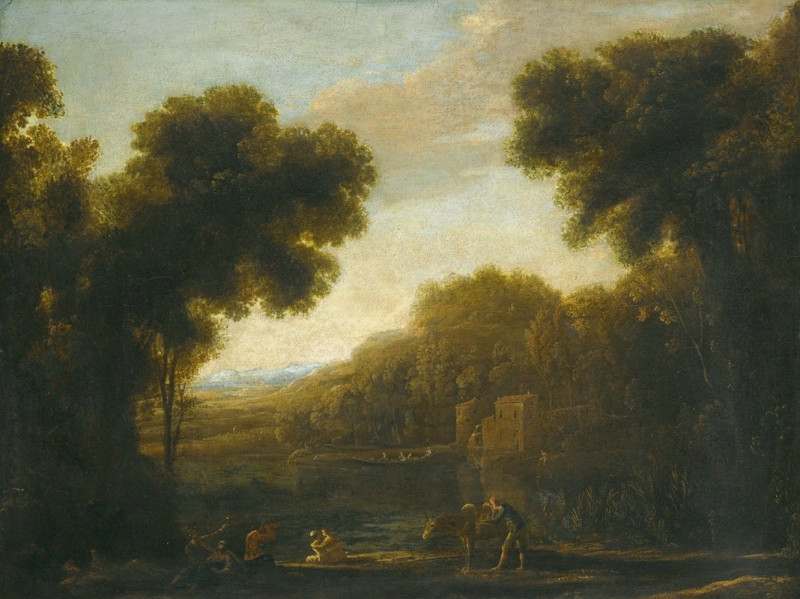
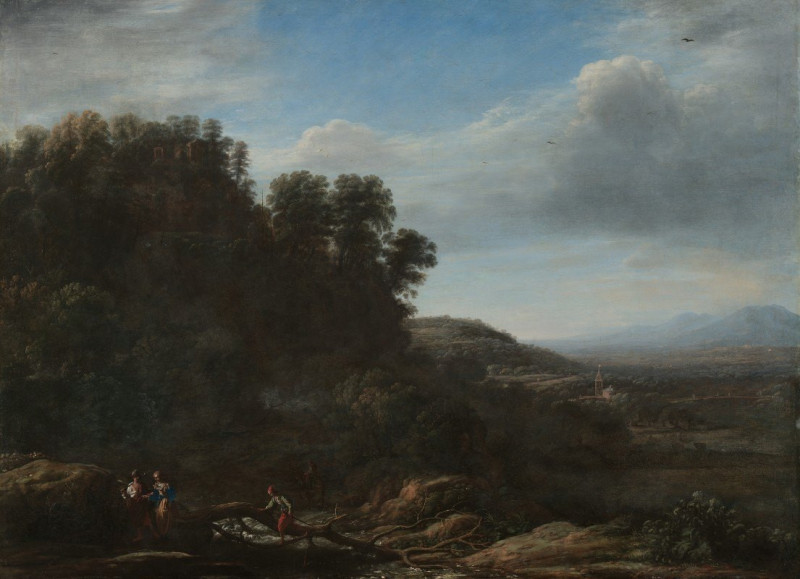
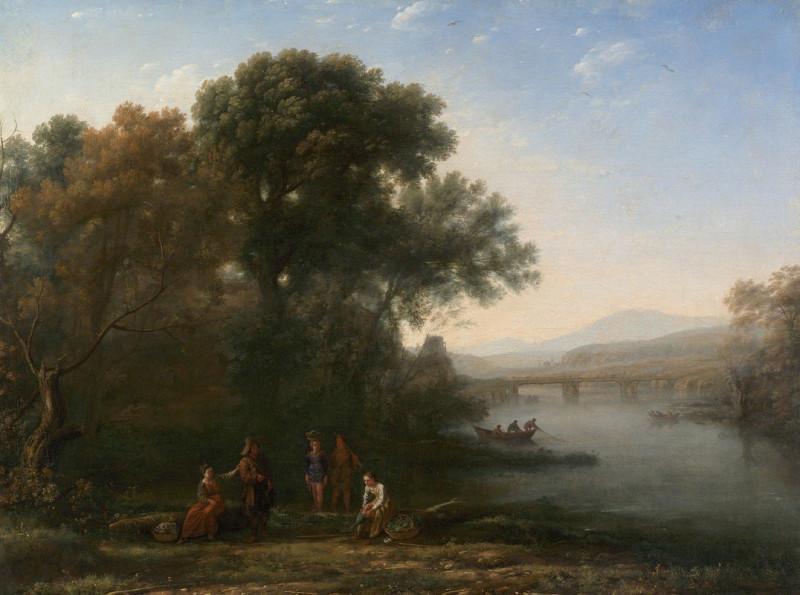
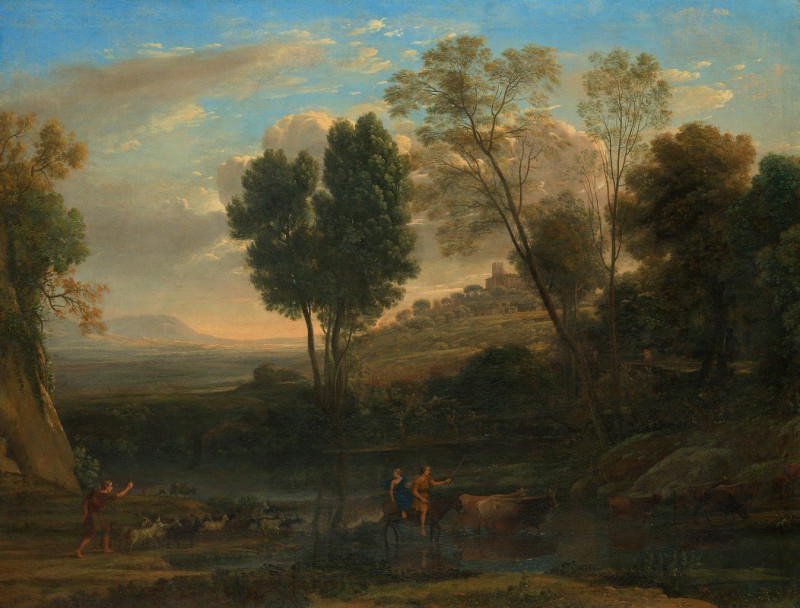
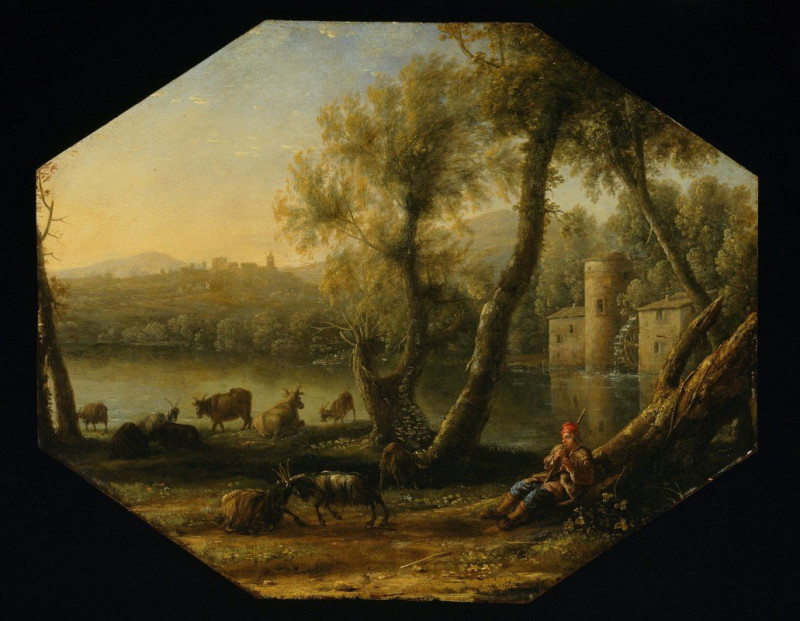

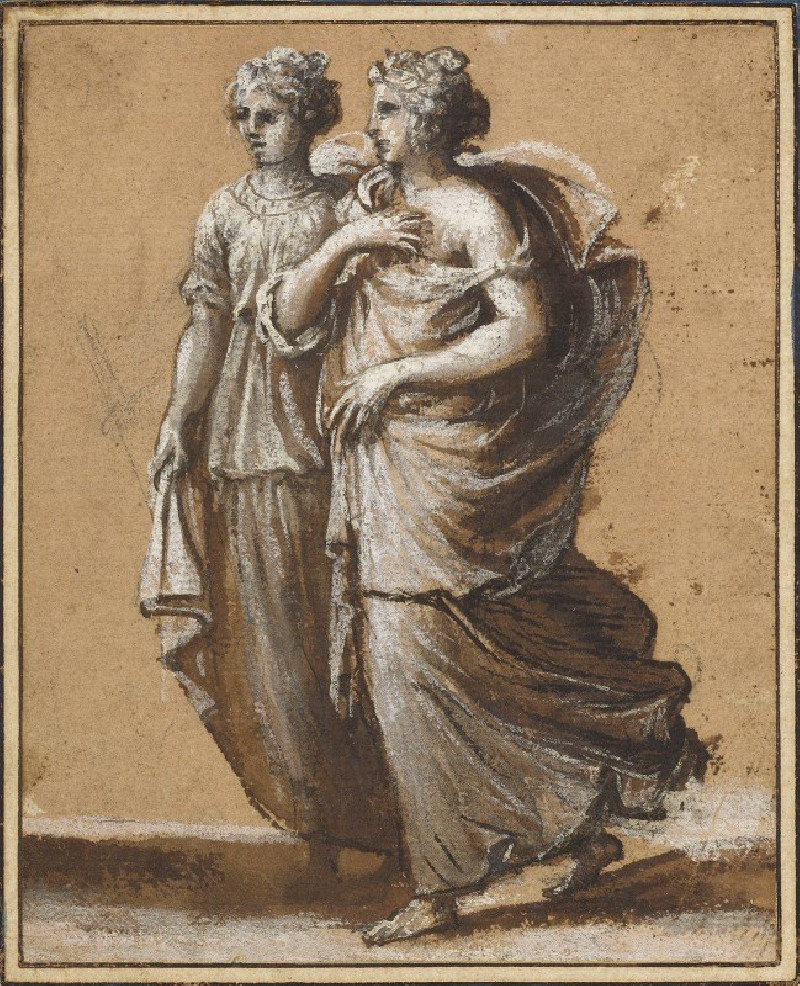


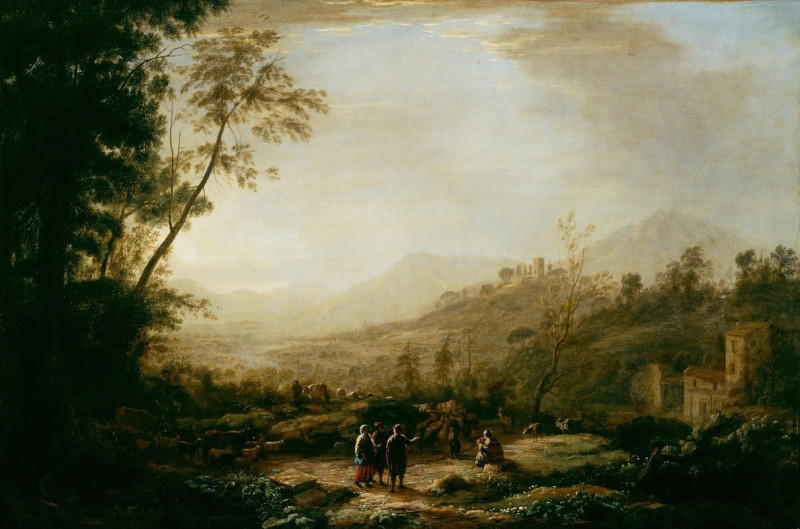
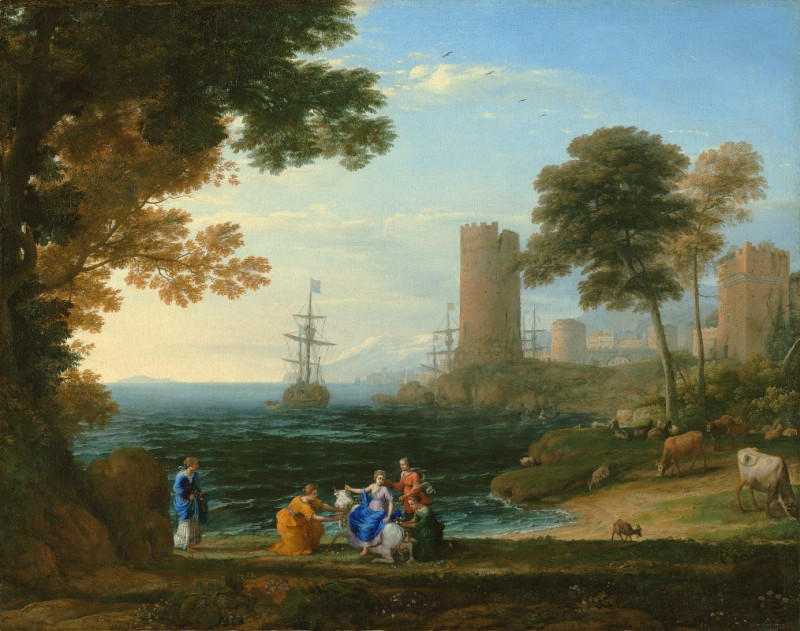
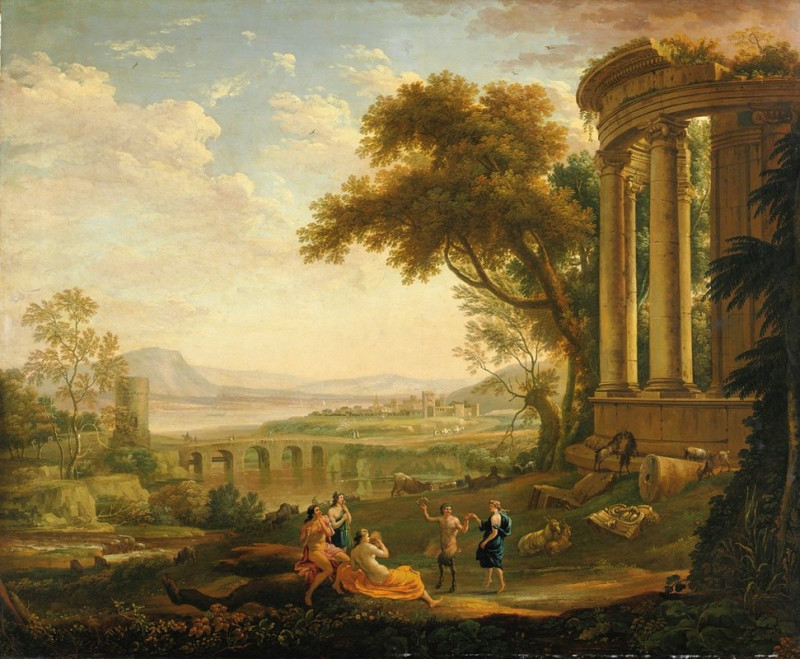

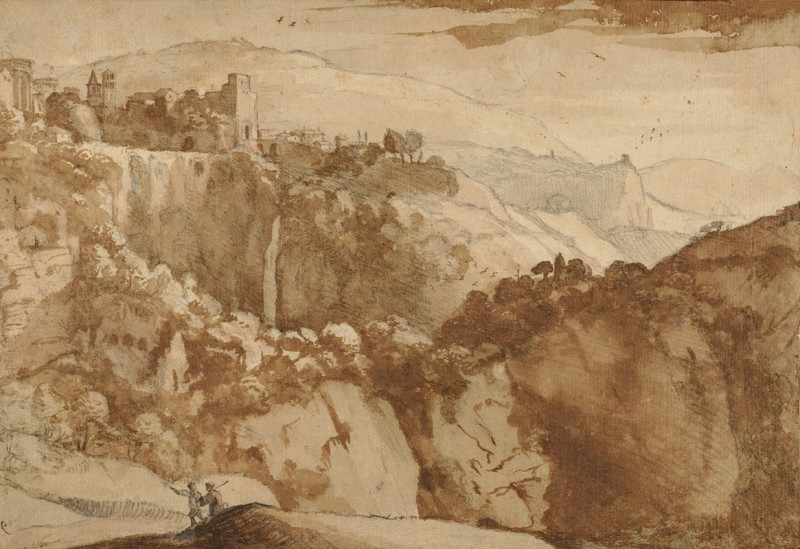
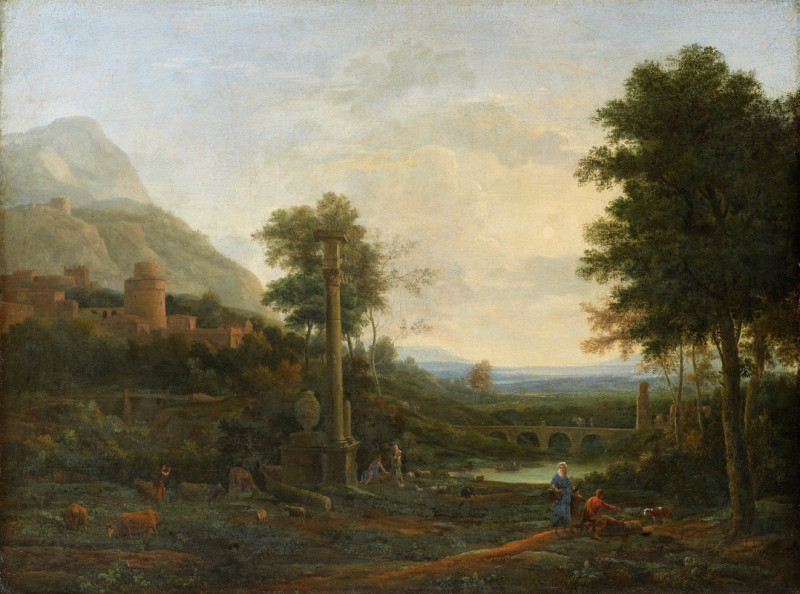

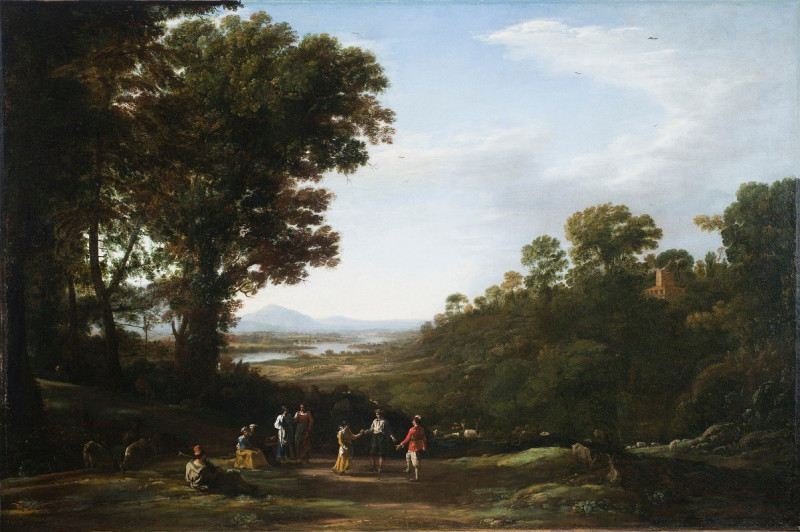

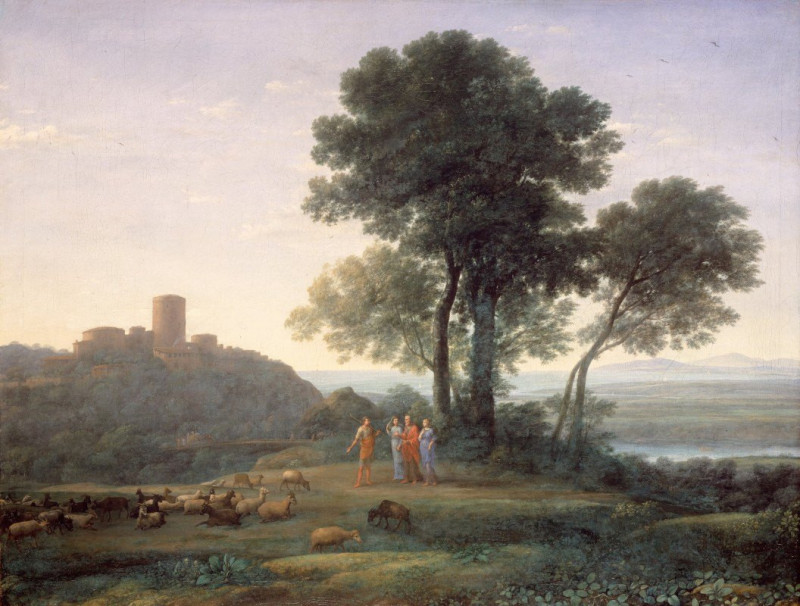
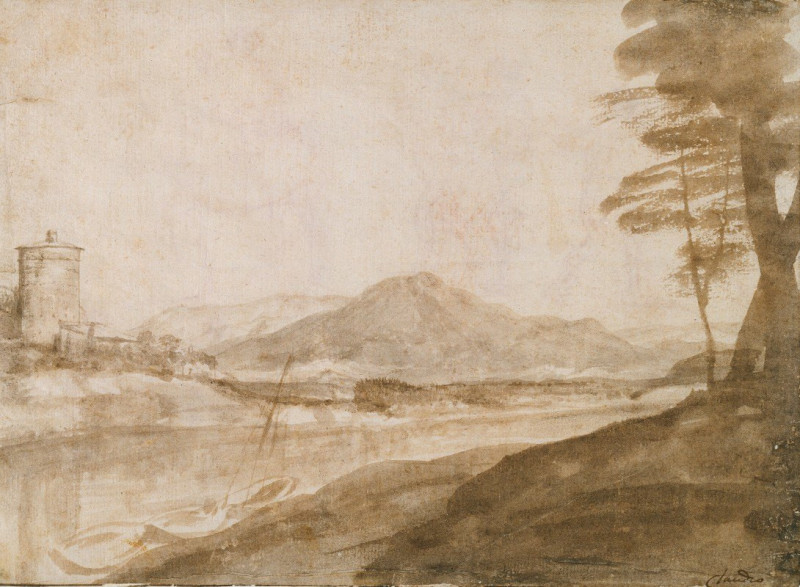
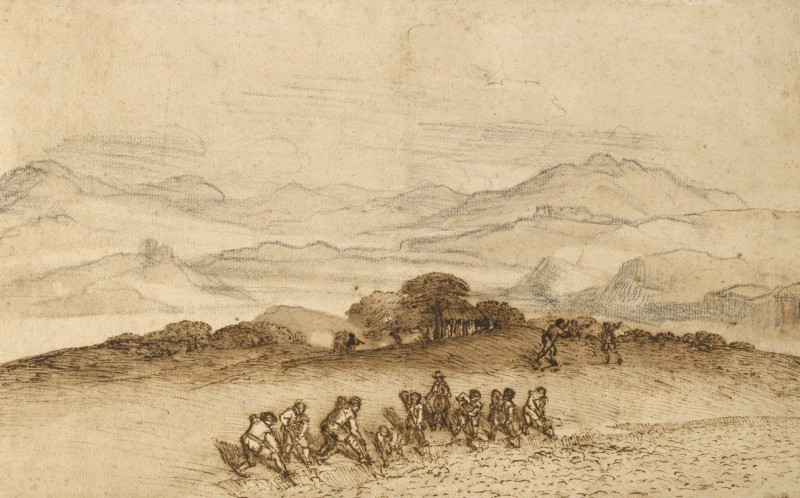
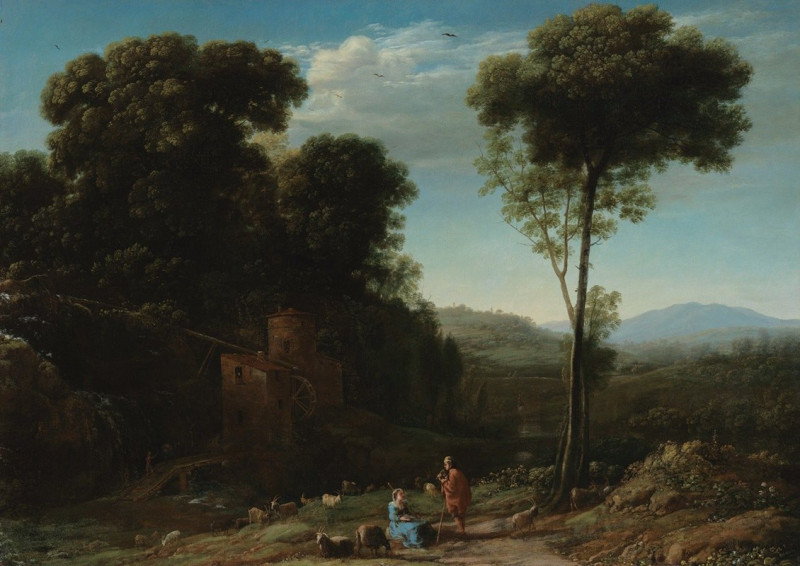
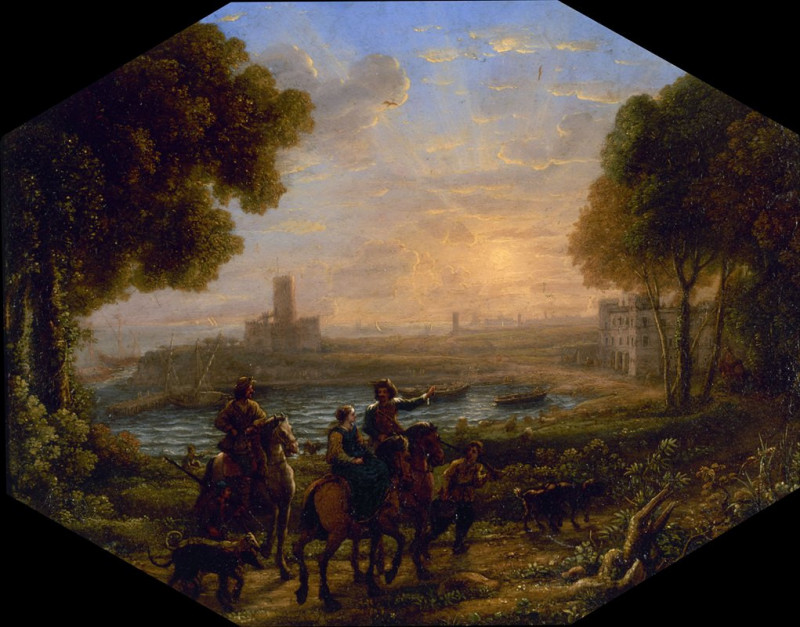
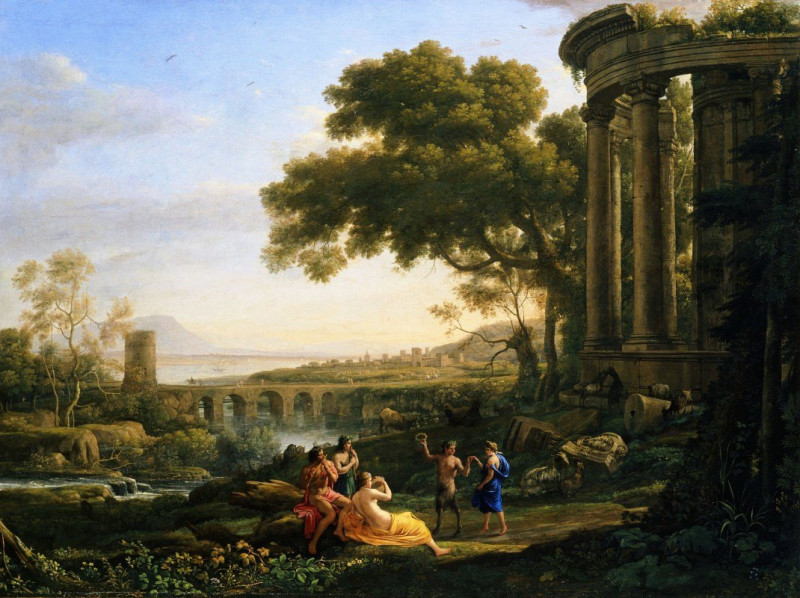
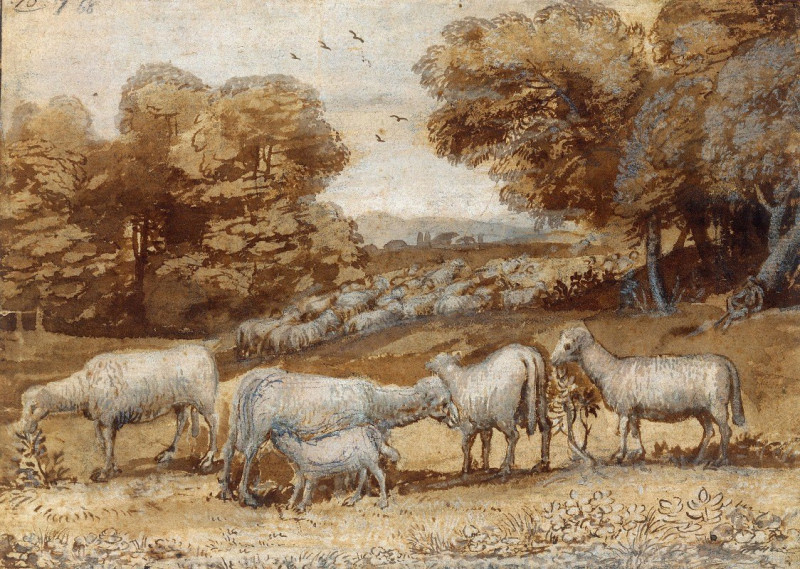
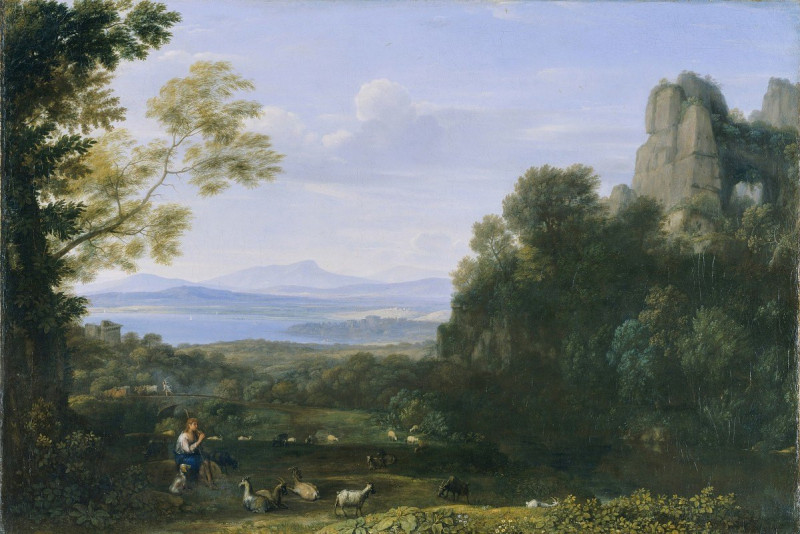
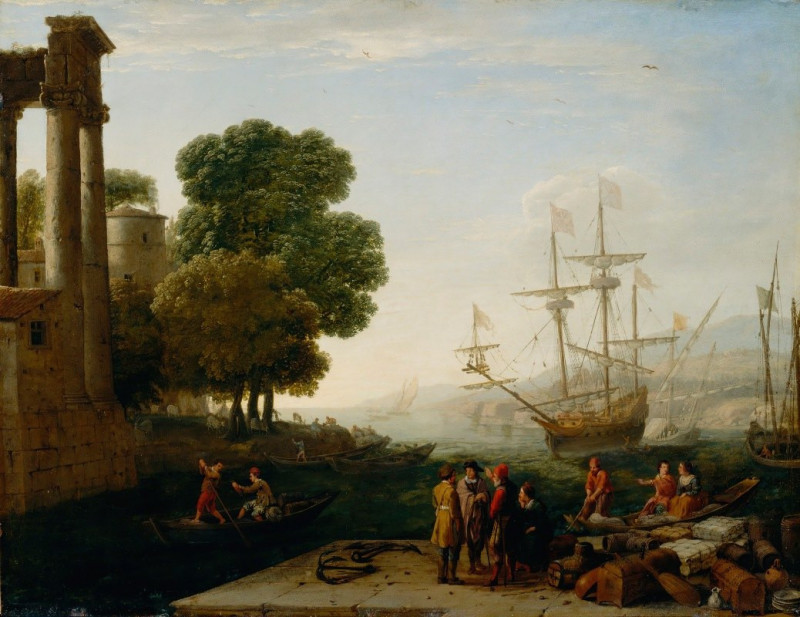
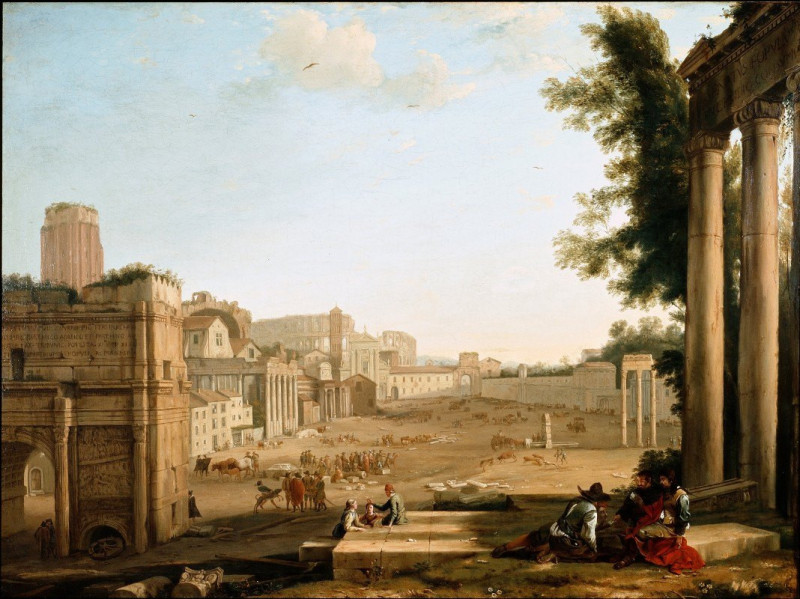
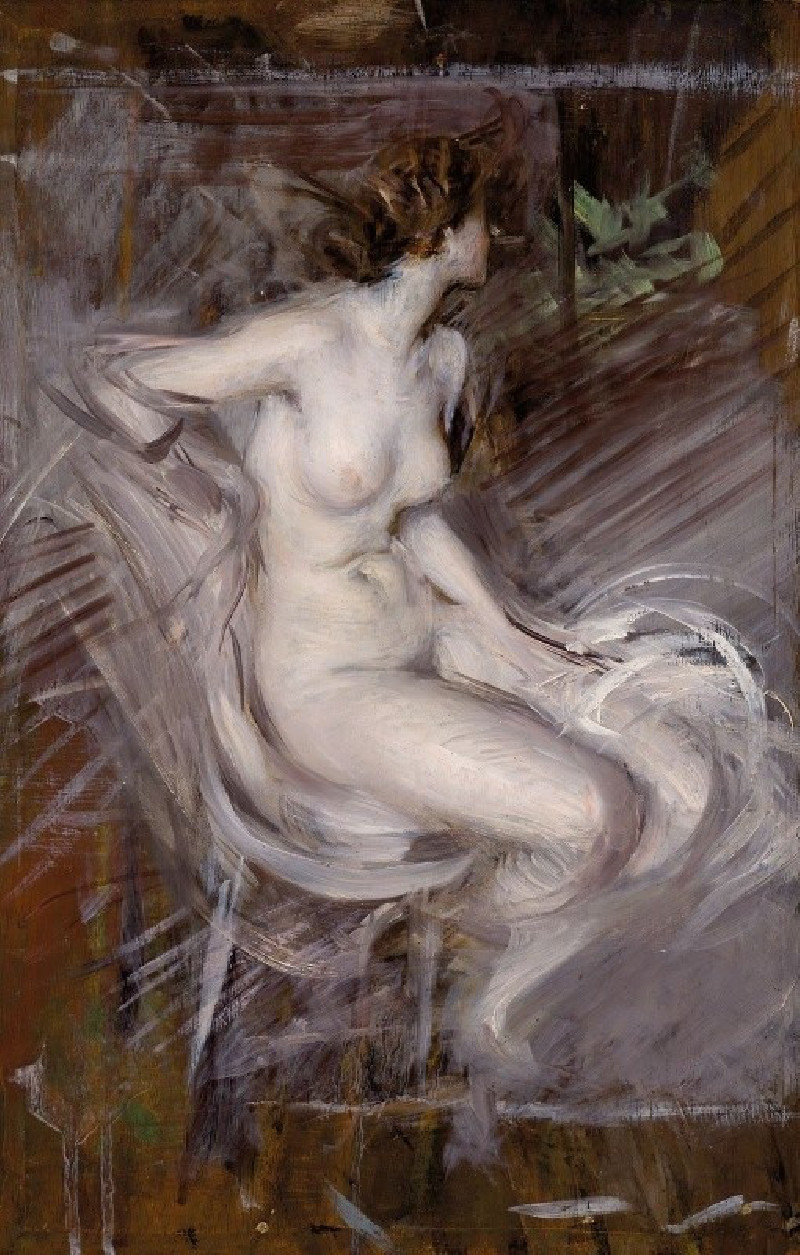
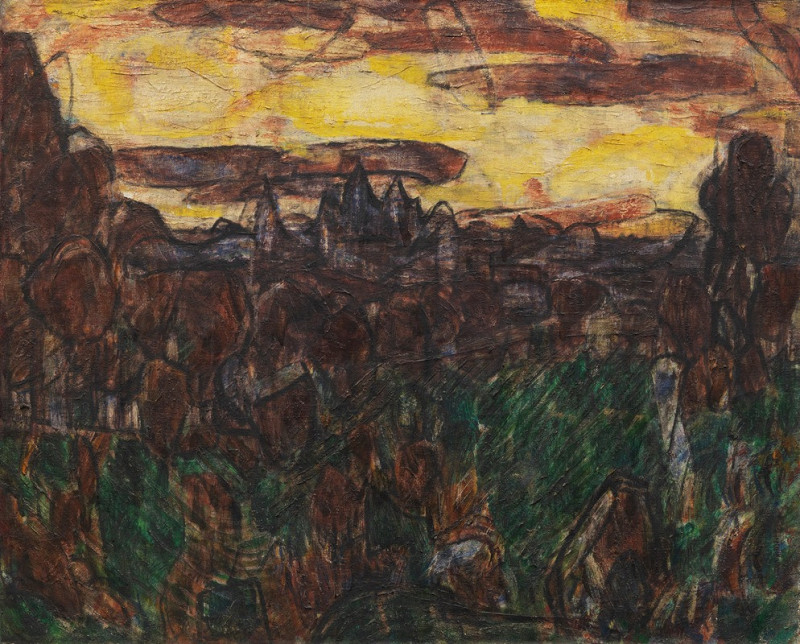
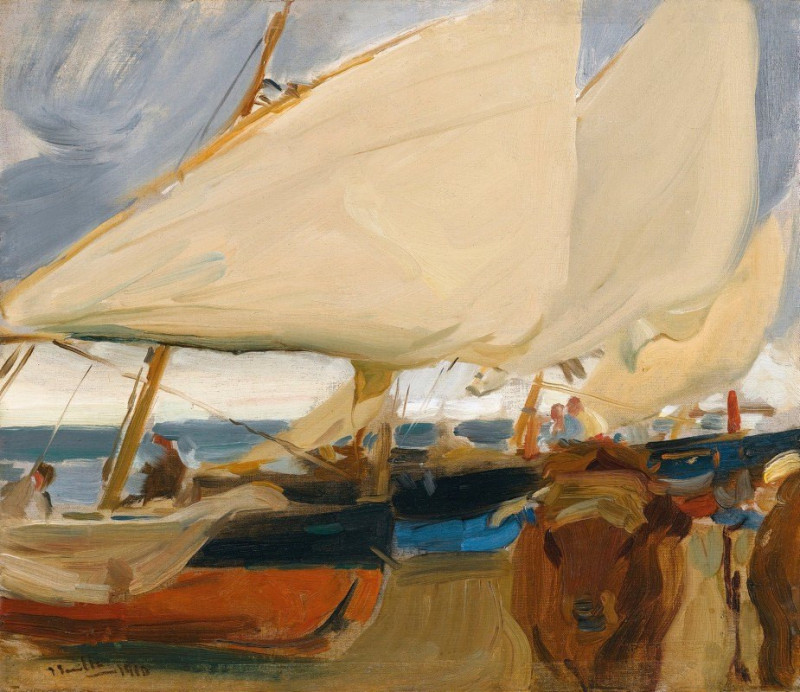
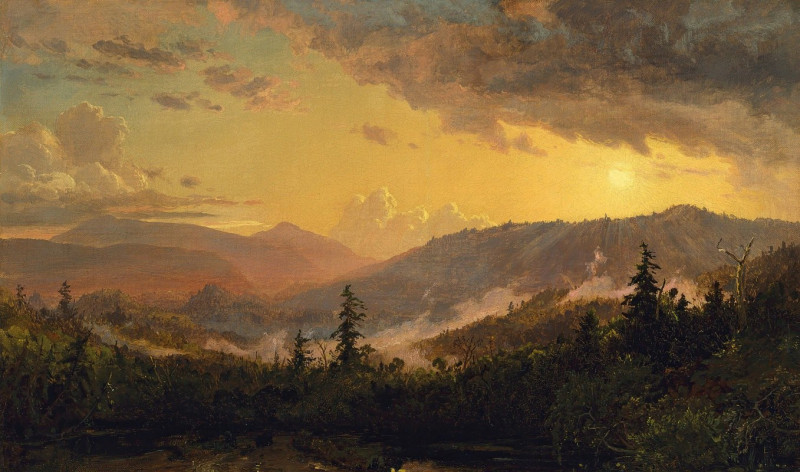
![Do Not Lose Honour through Fear [Folly of Fear] (Por Temor No Pierdas Honor [Disparate de Miedo]) (ca. 1813-1820) reproductio...](https://reprodukcijos.lt/37208-large_default/reproduction-of-do-not-lose-honour-through-fear-folly-of-fear-por-temor-no-pierdas-honor-disparate-de-miedo-ca-1813-1820.jpg)
